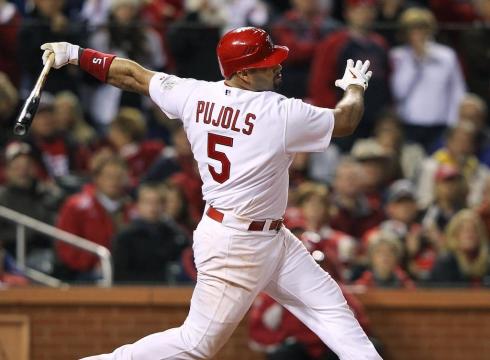
Through the early portion of the 2016 season, we’ve established that guys like Clayton Kershaw and Bryce Harper are pretty good. Not exactly groundbreaking, but it’s good that we still know it.
We’ve also seen some positive surprises. Really, who saw Trevor Story coming? Is Vincent Velasquez really a Cy Young candidate? But those are the good surprises. Unfortunately, there are some bad ones, too.
Which MLB stars fit that description? Who are the big names that, a little more than a month into the 2016 season, are not quite living up to the hype?
Shelby Miller, starting pitcher, Arizona Diamondbacks
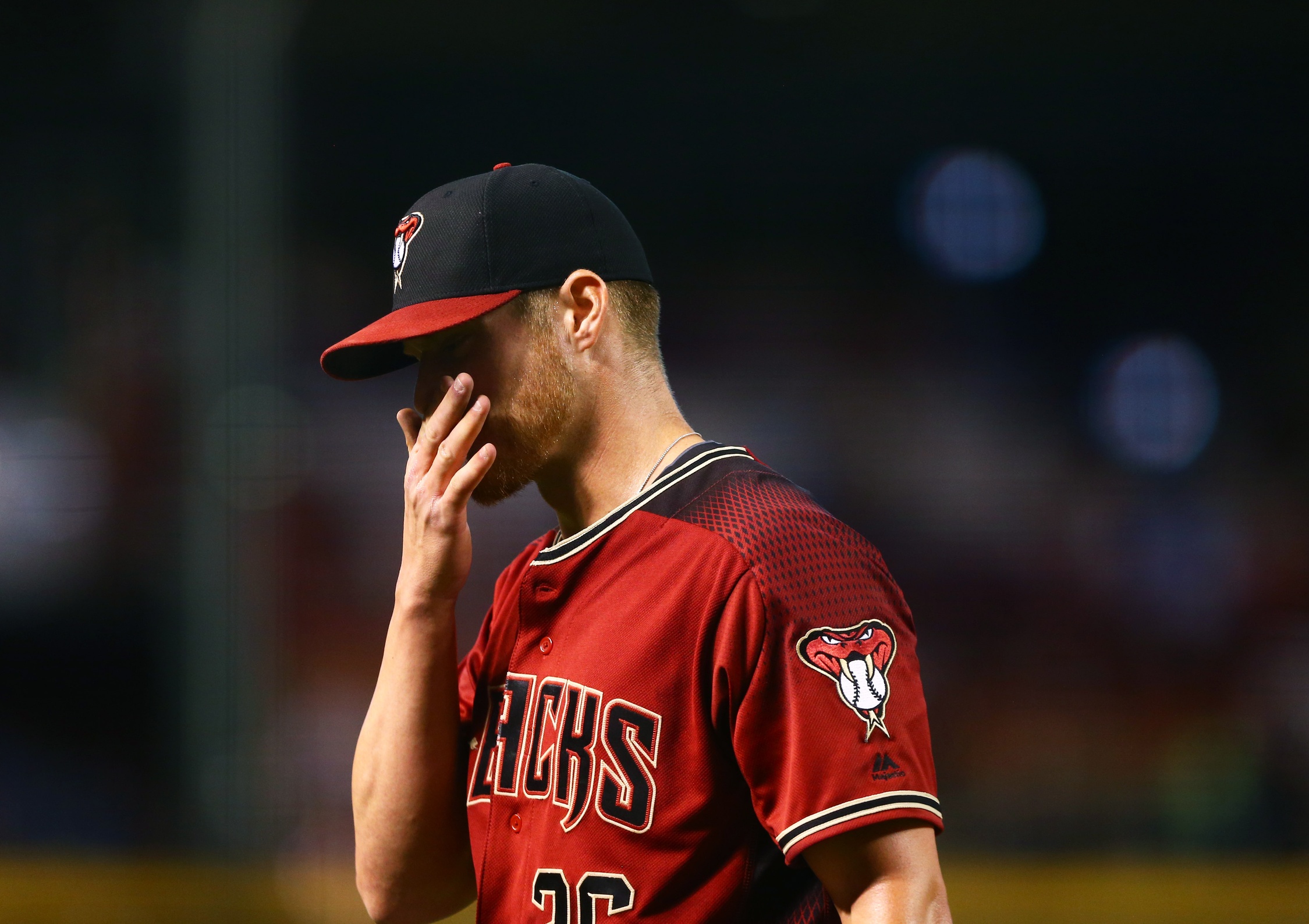
The good news for Shelby Miller is that he had the best start of his season on Saturday.
The bad news? That’s not saying too much.
Shelby Miller hasn't exactly been hot to start the year for the @Dbacks pic.twitter.com/IjUEQ1PmY1
— Sportsnaut (@Sportsnaut) May 9, 2016
All of that works out to a 7.36 ERA, 1.77 WHIP, 7.07 FIP, 6.4 BB/9 rate, 9.5 H/9 rate, and a K/9 rate of only 6.1.
The fact that Miller is this deep into the year and has more walks than strikeouts is really the most troubling aspect of his struggles. Miller has never been an overwhelming strikeout guy, so he needs to be around the plate.
Meanwhile, the two prospects acquired for Miller — shortstop Dansby Swanson and pitcher Aaron Blair — are both thriving in the Atlanta organization. Blair has already been called up to the majors and sports a 3.31 ERA in three starts. Swanson has already made his way up to Double-A and is slashing at .327/.442/.523.
There’s a lot of baseball to go but thus far, Miller’s worth has not been close to what was given for him.
Albert Pujols, designated hitter, Los Angeles Angels
Since coming over to the Angels, Pujols has experienced some regression from his prime years with the St. Louis Cardinals. Still, from 2012-2015, he slashed at .266/.326/.478 while averaging just a shade under 29 bombs a year.
The 2016 season has been a vastly different story.
Pujols does have respectable power numbers (six home runs, 18 RBI), but he’s slashing at .190/.269/.362. The one thing to indicate that he might be ready to turn things around is a .167 BABIP. So, the balls he’s been hitting are just not finding holes, right?
That’s true, but according to Fangraphs, Pujols is striking out more and hitting more grounders while hitting fewer fly balls and line drives. So, there’s not much of an indicator that things will be turned around, at least not in a big way.
Justin Upton, outfielder, Detroit Tigers
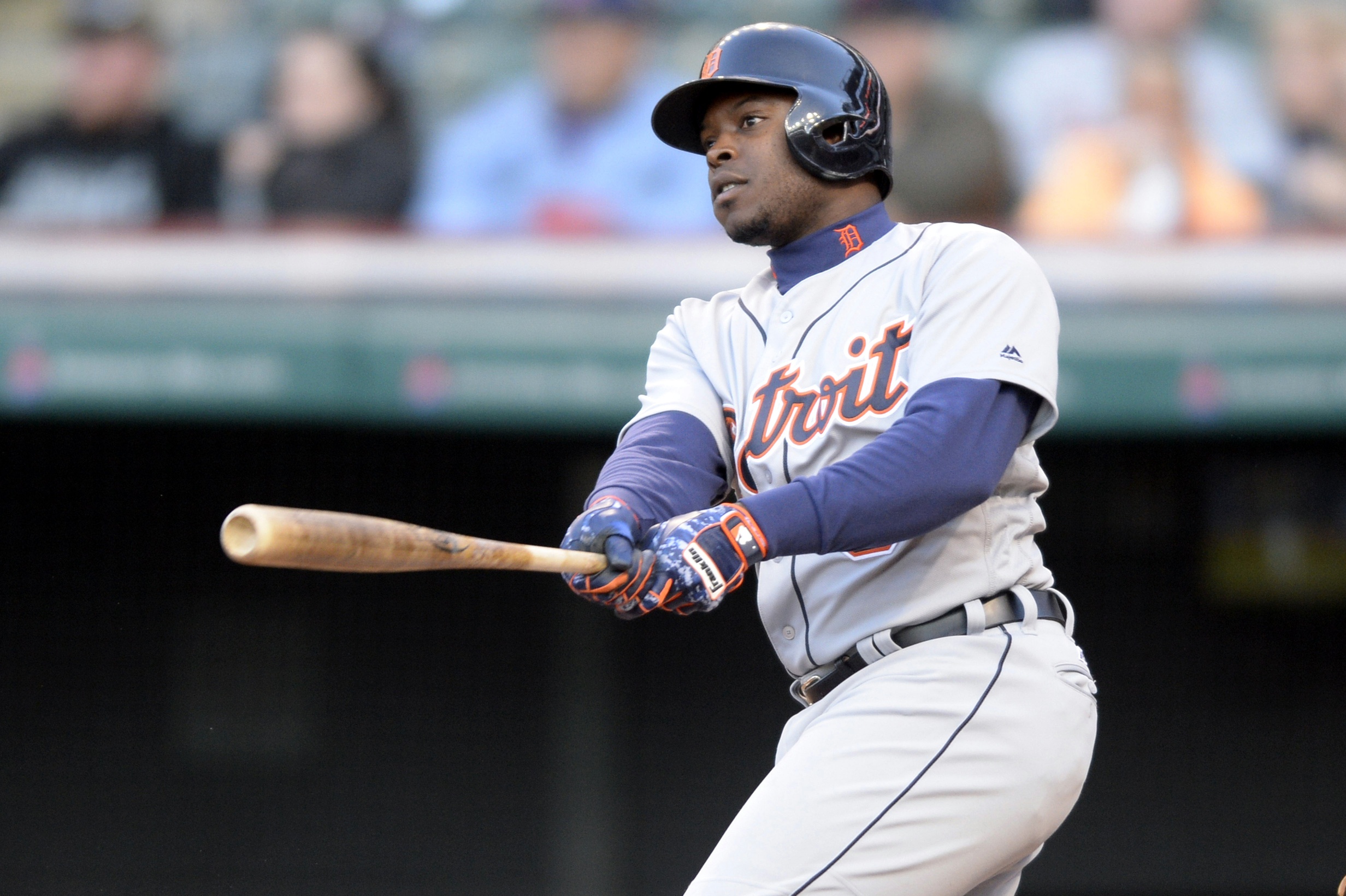
One of the biggest prizes of the offseason, Upton is in the first year of a six-year deal worth more than $132 million with Detroit.
The first month has been pretty tough sledding. Upton has an unimpressive .235/.276/.336 slash line. Worse than that is that unlike Pujols, Upton’s hit only two home runs. As if that wasn’t enough, Upton is also striking out an alarmingly high rate.
Now, that’s not terribly uncommon for power hitters. If someone’s hitting 30+ homers, how many times they strike out isn’t really that big of deal. There are a few problems with that idea, though.
One, as we’ve already gone over, Upton isn’t hitting home runs. Two, while he’s been moved from the spot, Upton has spent a lot of time batting in the second spot of the Tigers’ lineup. Contact generally is important there. Three, as of May 8, Upton is on pace for 254 strikeouts. Striking out a lot is one thing. Shattering the previous record is another.
If Detroit is going to be one of the American League’s best teams this season, Upton will need to turn things around in a big way.
Ken Giles, relief pitcher, Houston Astros
Giles was traded to the Philadelphia Phillies for Vincent Velasquez in the offseason. While Velasquez has been an absolute gem in Philly, Giles has thus far been a complete bust in Houston.
Look back at the trade
Ken Giles
9.26 era
11.2 innings pitched
0 savesVincent Velasquez
4-1
2.17 era
44 strikeouts #Phillies— Sports Are Philly (@SportsArePhilly) May 8, 2016
Giles not only lost the closer’s job to Luke Gregerson before the season started, but is not even the full time setup guy anymore.
Now, why has Giles struggled so mightily?
It’s not the strikeouts, as Giles has a 12.3 K/9 rate. That’s actually better than his 2015 total. He is walking 3.9 guys per nine innings. That’s a high total, but the big problem is coming when he’s hitting the strike zone.
Per Fangraphs, hitters have a 36.1% line drive rate against Giles. As a point of comparison, hitters had a 21.9% line drive rate against him last season, and a 14.8% rate in 2014. The louder contact has led to Giles allowing 13.1 hits per nine innings and an astonishingly bad 3.1 home runs per nine.
Not exactly the kind of numbers you want to see from a potential closer of the future.
Carlos Gomez, outfielder, Houston Astros
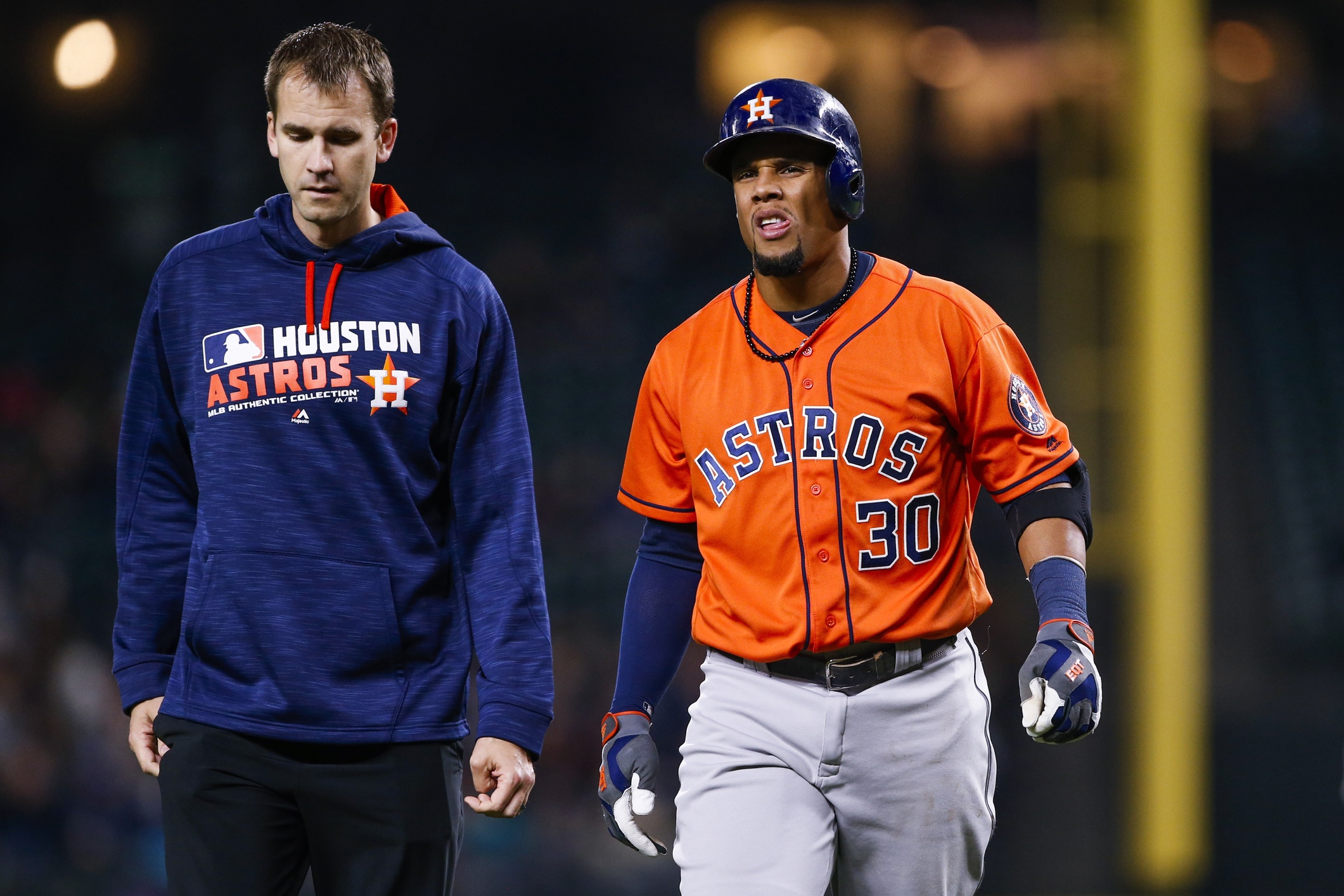
Carlos Gomez hasn’t been the problem in Houston. We’ve established that their bullpen, or parts of the bullpen, have struggled. Dallas Keuchel has been bad, especially when compared to his Cy Young Award winning 2015 season. Sadly, he hasn’t been that bad compared to his Astros’ teammates. Aside from Jose Altuve and Carlos Correa, the Houston offense has been inconsistent, and Gomez is by no means the only factor.
Unfortunately, Gomez hasn’t exactly been part of the solution, either.
Since coming to the Astros last season, he’s slashing at .228/.271/.346 and has four home runs. Gomez’s numbers this year (.206/.245/.289, no home runs) are even worse.
There’s nothing logical about this. Houston’s lineup is every bit as good as the one he came from with the Milwaukee Brewers. Additionally, while leaving Milwaukee’s Miller Park would hurt most hitters, landing at Minute Maid Park in Houston is a pretty soft landing, especially for a right-handed hitter.
Gomez can still save his season, but he needs to get going fast.
David Price, starting pitcher, Boston Red Sox
In his first year with the Red Sox, David Price has had some genuinely good moments. The problem is that he’s had some genuinely bad moments, as well.
A quick look at David Price's Dr Jekyll and Mr Hyde season with the @RedSox pic.twitter.com/ovAdxtQ4yY
— Sportsnaut (@Sportsnaut) May 9, 2016
Now, every pitcher has a bad start or two, so why is this so noteworthy?
One, Price’s non-quality starts have outnumbered his quality starts 4-3. More problematic is that three of those four non-quality starts have come in Price’s last four outings.
The real issue here is that when Price isn’t tossing quality starts, he’s naturally not eating too many innings. The Red Sox starting rotation is, at best, middle of the road. They rank 15th in innings pitched among starters, 19th in ERA, and 13th in WHIP.
So, when an ace like Price takes the mound, the bullpen really needs him to eat innings, as they’re not exactly getting a break during the other four games. Thus far, Price has only done that on relatively rare occasions. His quality start to non-quality start ratio needs to be inverted, and then some.
Jose Fernandez, starting pitcher, Miami Marlins
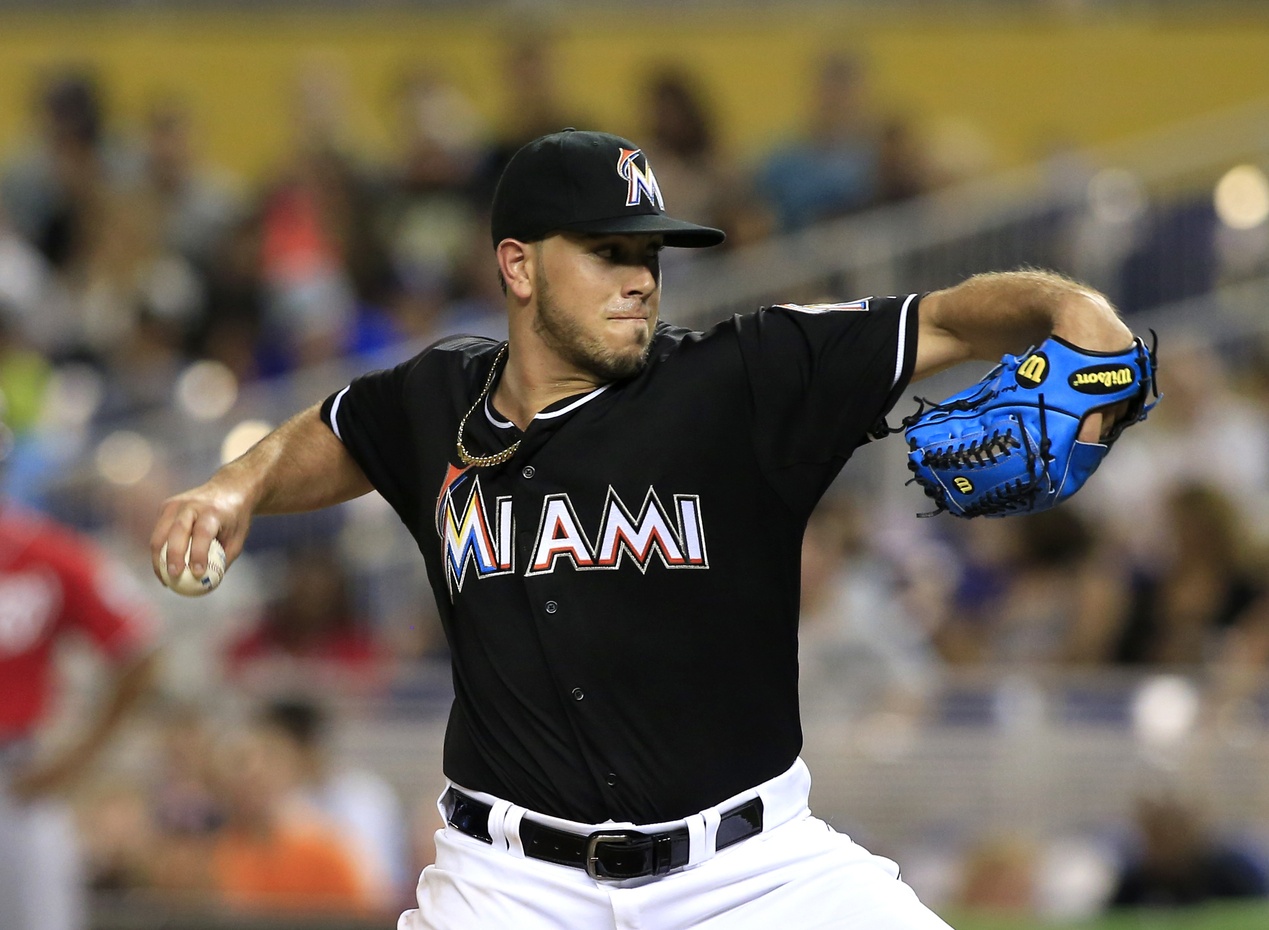
We simply have to talk about Jose Fernandez while we’re on the subject of ace pitchers not eating innings.
Fernandez has hurled a quality start in two of his six outings. That’s not a great percentage, but the fact that he hasn’t thrown more than six innings in any of his starts is the real issue.
Now, despite not throwing deep into games, Fernandez is throwing pitches, as he’s thrown 89 or more pitches in all six of his starts. So, what’s going wrong?
He’s not throwing strikes. Fernandez has a BB/9 rate of 4.3, which is just way too high. Worse is that these numbers aren’t inflated just by a wild outing or two. No, Fernandez walked one batter in his first outing and two in his most recent, but issued three or more free passes in the four starts in between. If anything, the walk rate is artificially better because of a few good outings.
The good news is that Fernandez’s problem can be fixed. He’s allowing only 7.8 hits per innings. That’s a little high for an ace, but not alarmingly so. He’s also striking out 12.6 hitters per nine, which is fantastic.
In reality, drawing walks is the only thing that gives hitters a chance against a pitcher like Fernandez. Unfortunately for Fernandez and the Marlins, too many walks are being drawn. Fernandez’s stuff has helped keep his ERA at a respectable 4.28. He may just be good enough to keep that ERA from inflating too much. But if he’s walking that many hitters, it’s not going to get much lower, either.
Jason Heyward, outfielder, Chicago Cubs
Not much has gone wrong with the Cubs this year. One source of concern is the performance at the plate from one of their hot stove signings, Jason Heyward.
So, how bad has Heyward’s bat been?
Bartolo Colon is out-slugging Jason Heyward.
By 147 points.
— Joe Sheehan (@joe_sheehan) May 8, 2016
Bad.
Heyward has drawn a decent number of walks, which have helped bump his OBP to .317. The problem is that a .317 OBP can’t really be described as anything better than below average. Additionally, even the below average .317 OBP dwarfs the .212 batting average, .260 slugging percentage, and zero home runs.
Heyward’s new team might be the best in baseball, but his 2016 performance has been quite underwhelming.
Prince Fielder, designated hitter, Texas Rangers
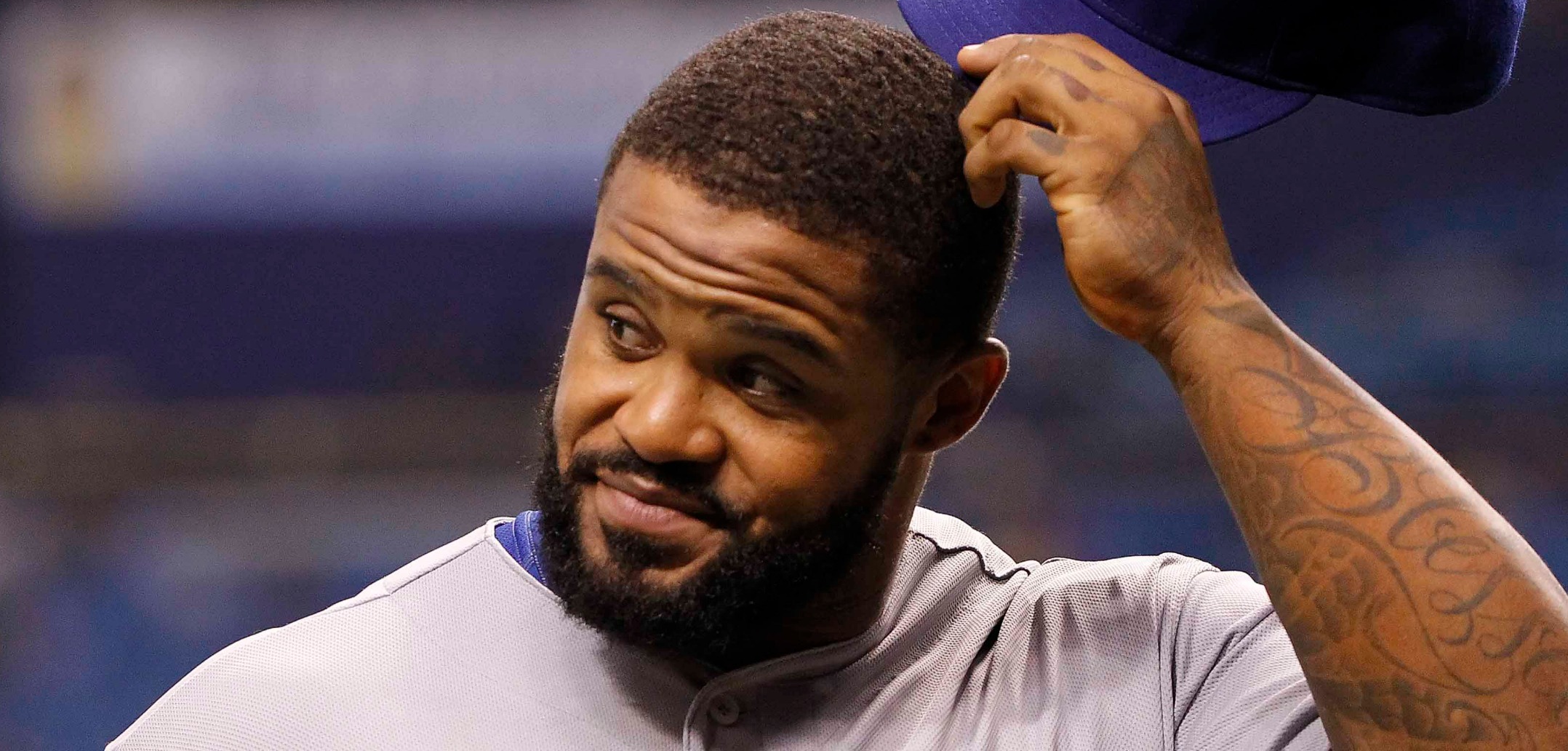
The 2016 season has been quite forgettable for Prince Fielder. He’s hit only two home runs and is slashing at .190/.235/.281.
The slugging, or complete lack of slugging, is the real problem here.
Entering the season, Fielder had a fantastic career .516 slugging percentage. Three times, he’s slugged at better than twice his current rate. Prince has also hit 50 home runs once, 46 another time, and has topped 30 on four other occasions.
Even if we acknowledge the fact that most of those were earlier in his career and that some regression is to be expected with age, Prince slugged at a very respectable .463 with a solid 23 home runs in 2015.
Fielder played only 18 games at first base in 2015 and has played only twice there thus far in 2016. The rest of his time has been spent as a designated hitter. A designated hitter making $24 million had better hit, right?
His numbers thus far are bad for a glove-first, light-hitting middle infielder. They’re completely unacceptable for a guy whose only job is to hit.
Troy Tulowitzki, shortstop, Toronto Blue Jays
When a hitter who’s spent his entire career with the Colorado Rockies goes to another team, a question is immediately asked him. Was he really that good, or was he simply aided by Coors Field?
The Blue Jays acquired Troy Tulowitzki from the Rockies at the trade deadline in 2015. Thus far, Tulo has not been answering that question in a good way, at least not for Toronto.
Troy Tulowitzki was traded to Toronto on July 28, 2015. Since then:
Tulo: 308 PA, .210/.295/.353, 78 K
Didi: 337 PA, .273/.323/.391, 51 K— Pinstripe Alley (@pinstripealley) May 8, 2016
Under no circumstances should Tulowitzki be compared to Didi Gregorius if he’s even close to living up to his hype. He’s not only being compared to Gregorius, but as we can plainly see, he is being compared unfavorably to him.
Tulo has actually been worse this year, slashing at .162/.266/.306. The Blue Jays are only 16-17, and while Tulo’s hardly been the only problem, he’s not exactly helping matters.